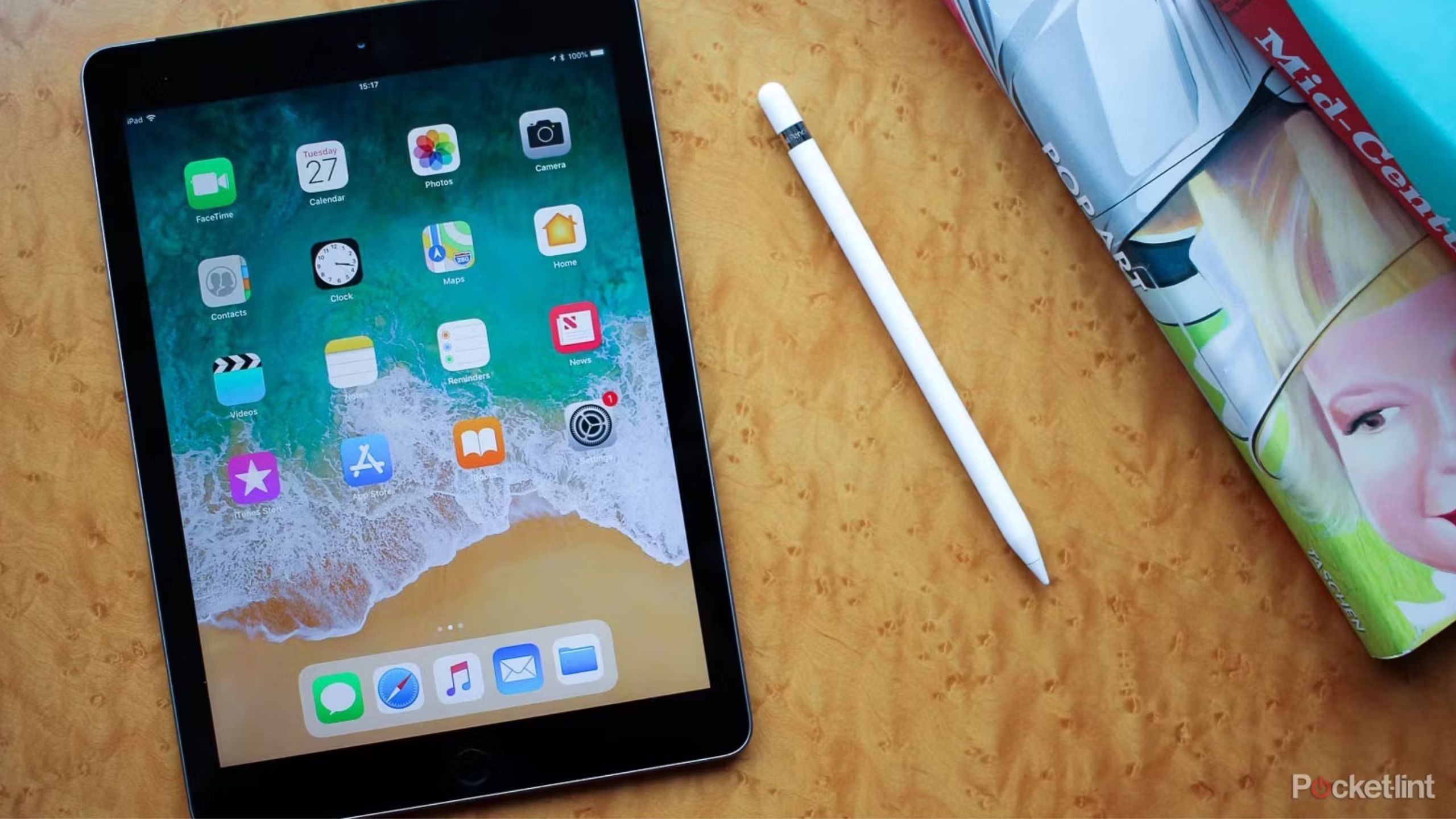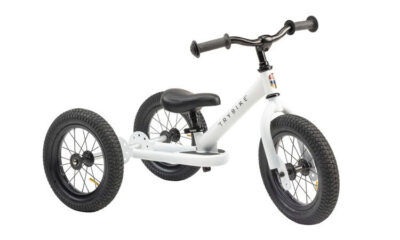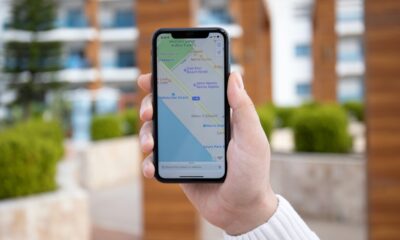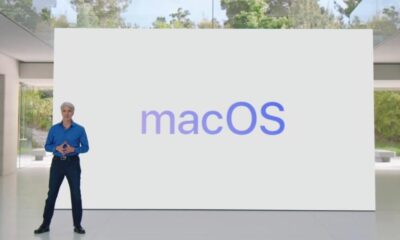Gadgets
The 4 worst iPads Apple ever released

Summary
- No iPad has been an outright failure, but some of Apple’s product decisions have been problematic.
- The third-gen iPad was heavy and prone to overheating, for example.
- The 2020 iPad Pro lost access to important apps and features only a year later.
To Apple’s credit, there hasn’t been a genuinely terrible iPad released so far. By that, I mean something that’s outright unpleasant to use, or else broken or incomplete. That’s still a problem with plenty of other products — just consider the Humane Ai Pin, or the Full Self-Driving mode on Teslas. You might be able to enable FSD on your Model 3, but there’s still a risk it’s going to disengage partway through your commute.
Apple has, however, occasionally made some baffling compromises, such that some iPads didn’t really make sense to buy if you could afford to wait a year or two for improvements. These are my personal picks for the worst iPads in that regard — your own choices might vary.
1 The third-generation iPad (2012)
Coming in hot and heavy, literally
This was the first iPad I ever owned, and I really liked it, overall. It was also the first iPad equipped with a Retina Display, meaning there were no discernible pixels in compatible apps. And since I bought the cellular/GPS version, I was able to use it for offline maps during a trip to Germany.
It was nearly half a pound heavier than the 2024 11-inch iPad Pro.
There were drawbacks to the product, though, beginning with weight. Even the Wi-Fi-only model was 1.44 pounds, or about 652 grams. That might not sound like much, but it was nearly half a pound heavier than the 2024 11-inch iPad Pro, and that’s before adding a case. It was uncomfortable to hold single-handed for more than a minute or two. Inevitably, you had to rest it on something for reading, never mind using a stylus or trying to type out a full sentence.
The tablet was also infamous for running hot — never dangerously so, but you’d feel it if you sat it on your lap. And in Australia, Apple got into legal trouble for marketing the cellular version as “4G,” even though it didn’t actually support local 4G networks. The company was forced to change its advertising in the country, as well as offer refunds to people who felt deceived.
2 The first-generation iPad mini (2012)
For size purists only
In retrospect, Apple really went off-course with iPads in 2012. On paper, the first-gen Mini wasn’t a bad idea — Apple needed some sort of response to the Google Nexus 7and other small Android tablets. It also needed a model that was genuinely ergonomic for reading. Later Minis have become popular among some professions for that reason, such as commercial aviation.
2020 owners found themselves unable to run some apps purely for architectural reasons, and even some iPadOS features.
The OG Mini was outdated the moment it arrived, however. It used the same A5 processor from 2011’s iPad 2, despite the third-gen iPad sporting an A5X chip at a time when every ounce of performance mattered. More importantly, it didn’t have a Retina Display, so images remained very pixelated. Everyone following Apple rumors knew that a Retina Mini was inevitable, and sure enough, the second-gen Mini fixed that oversight a year later.
3 The fourth-generation iPad Pro (2020)
Oops, now you’re obsolete
This is another product I bought with my own cash, and it’s what I’m still using today. For the most part, I don’t regret buying it. It’s a testament to its design that it’s keeping up with (most) apps five years later.
2020 owners found themselves unable to run some apps purely for architectural reasons, and even some iPadOS features.
It was, however, an incremental update to the 2018 Pro models, for instance, adding an ultra-wide camera and an extra graphics core, while bumping base RAM to 6GB. It was fine if you hadn’t upgraded your iPad in many years, like me, but it was pointless if you owned a 2018.
The real kicker was that it was the last Pro to use an A-series processor. The next year, Apple switched the Pro over to the same M-series chips it was using in Macs. 2020 owners found themselves unable to run some apps purely for architectural reasons, and even some iPadOS features, namely extending Stage Manager windows to an external display. There’s still skepticism about whether these barriers were artificial, given that Apple Intelligence runs on 2020 hardware.
4 The 10th-generation iPad (2022)
Great until you got to the tag
Spec-wise, there was nothing too off-putting about the 10th-gen iPad. It had a two-year-old iPhone processor, true, but that was good enough, and the product advanced base iPad specs in other ways, above all by ditching things like a Home button and a Lightning port. It even added a landscape-oriented FaceTime camera, finally acknowledging that no one wants to hold an iPad vertically for an entire video call.
Apple seems to have learned its lesson, since 2025’s base iPad is $349 again.
-

 Destination9 months ago
Destination9 months agoSingapore Airlines CEO set to join board of Air India, BA News, BA
-

 Breaking News10 months ago
Breaking News10 months agoCroatia to reintroduce compulsory military draft as regional tensions soar
-

 Gadgets4 months ago
Gadgets4 months agoSupernatural Season 16 Revival News, Cast, Plot and Release Date
-

 Tech News1 year ago
Tech News1 year agoBangladeshi police agents accused of selling citizens’ personal information on Telegram
-

 Productivity12 months ago
Productivity12 months agoHow Your Contact Center Can Become A Customer Engagement Center
-

 Gadgets1 month ago
Gadgets1 month agoFallout Season 2 Potential Release Date, Cast, Plot and News
-

 Breaking News10 months ago
Breaking News10 months agoBangladesh crisis: Refaat Ahmed sworn in as Bangladesh’s new chief justice
-

 Toys12 months ago
Toys12 months ago15 of the Best Trike & Tricycles Mums Recommend























